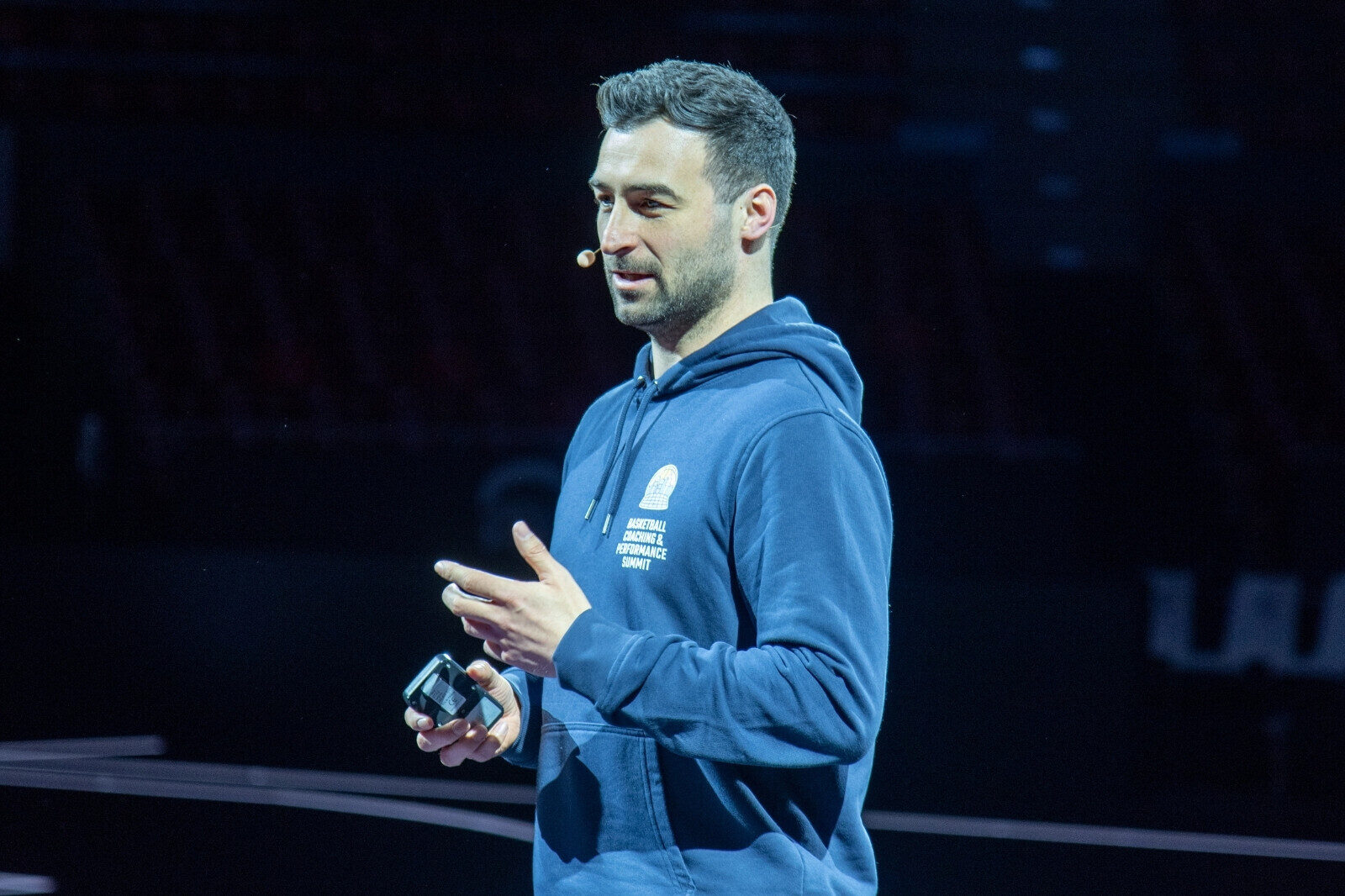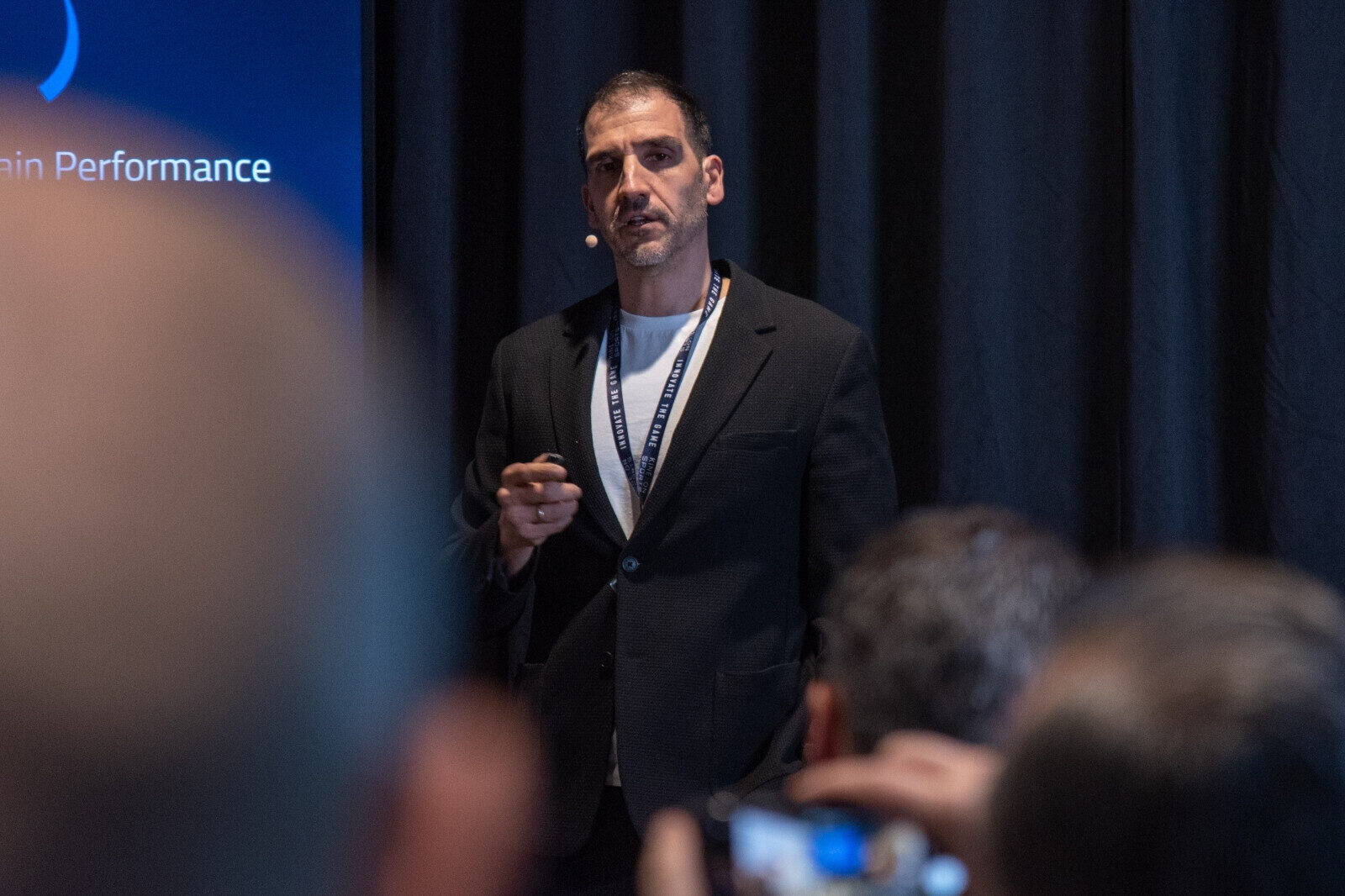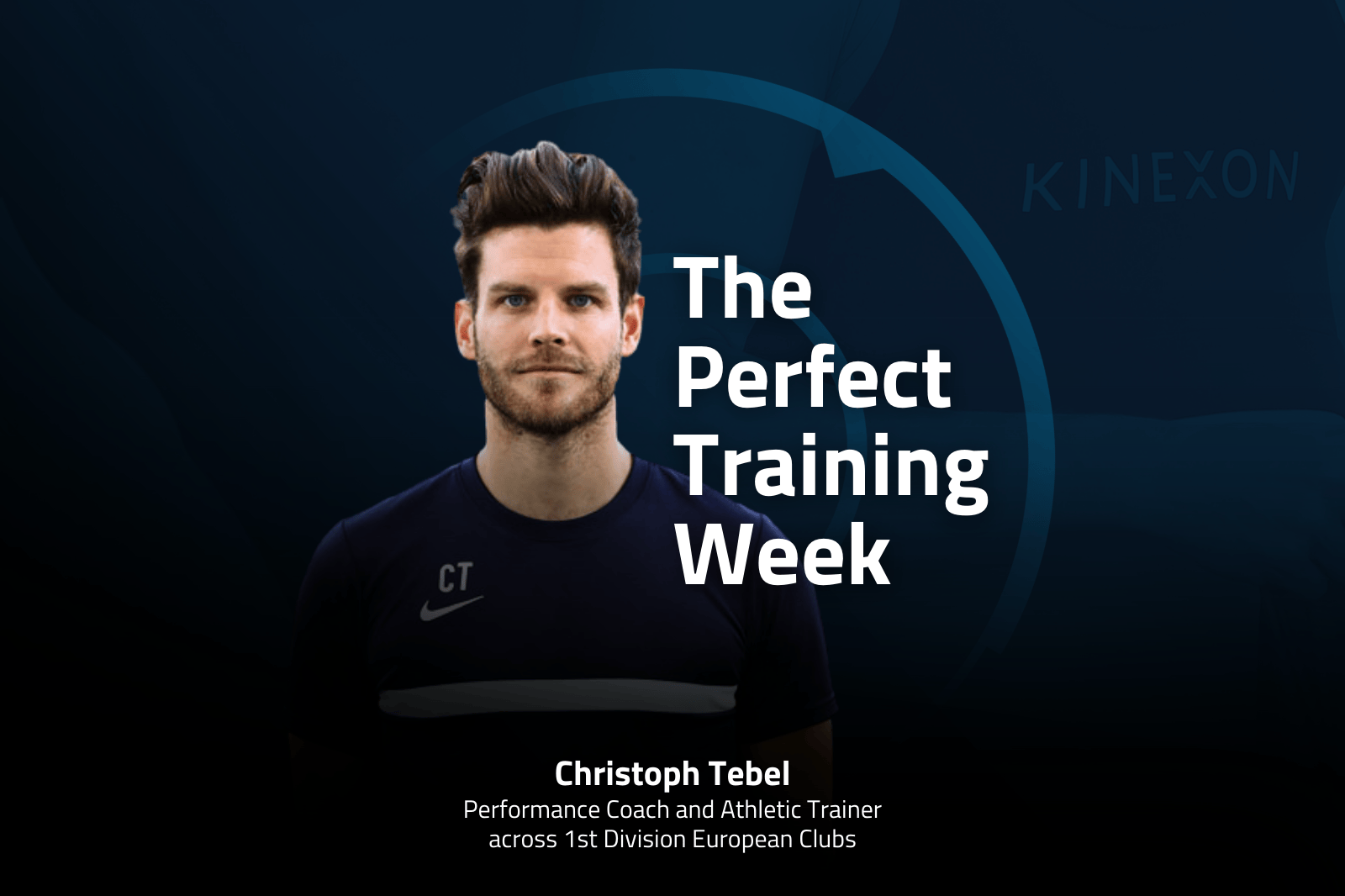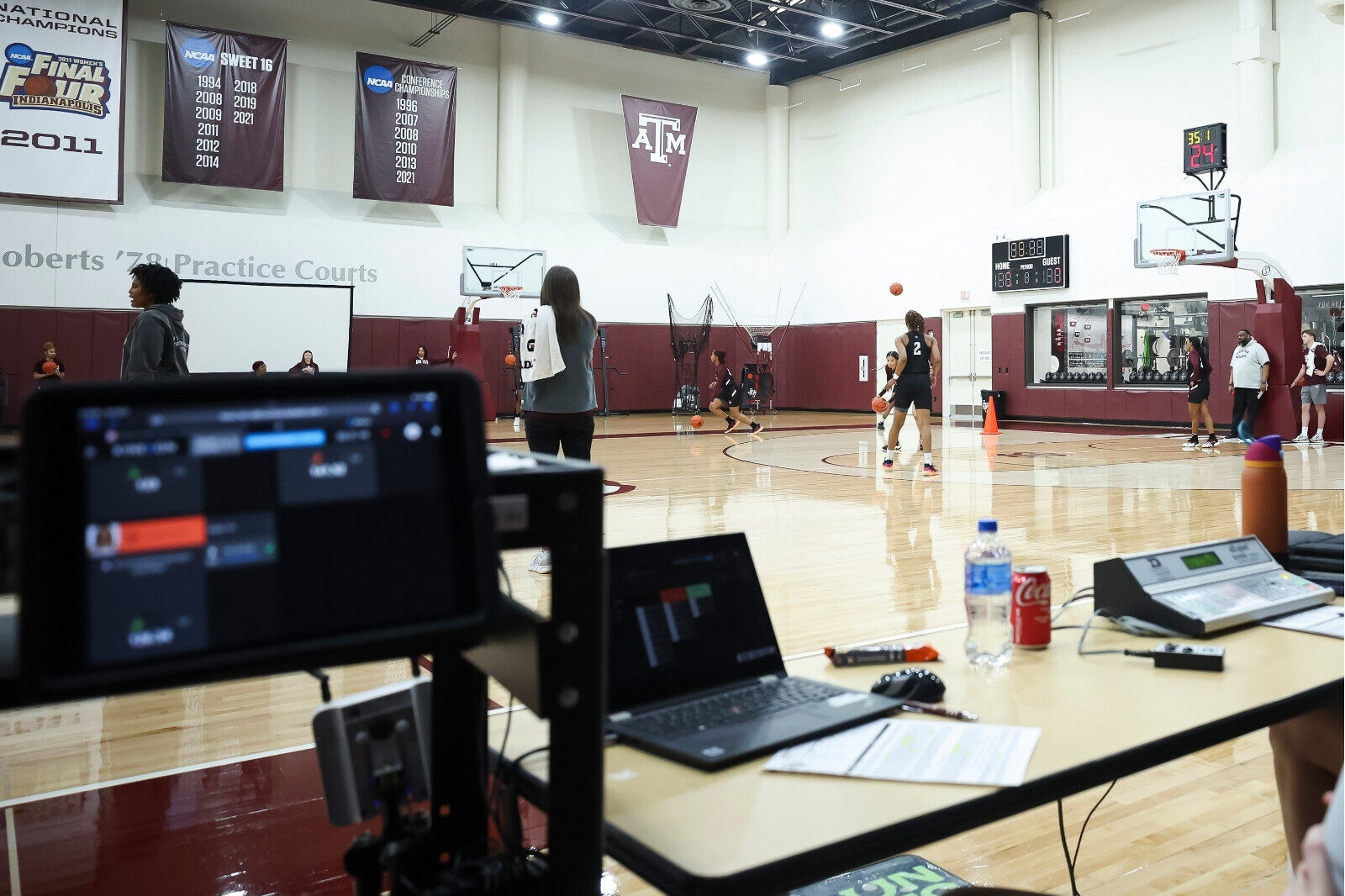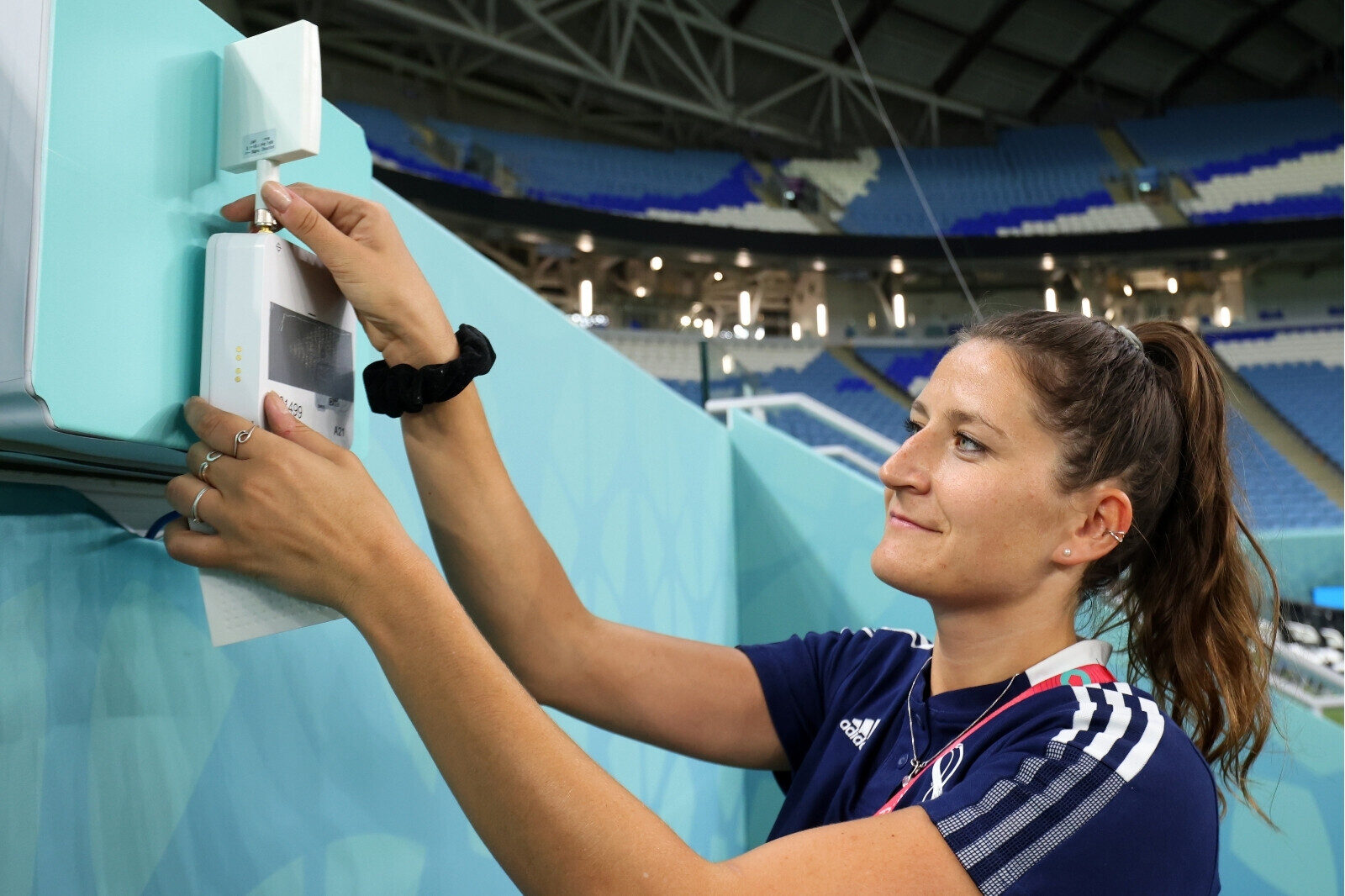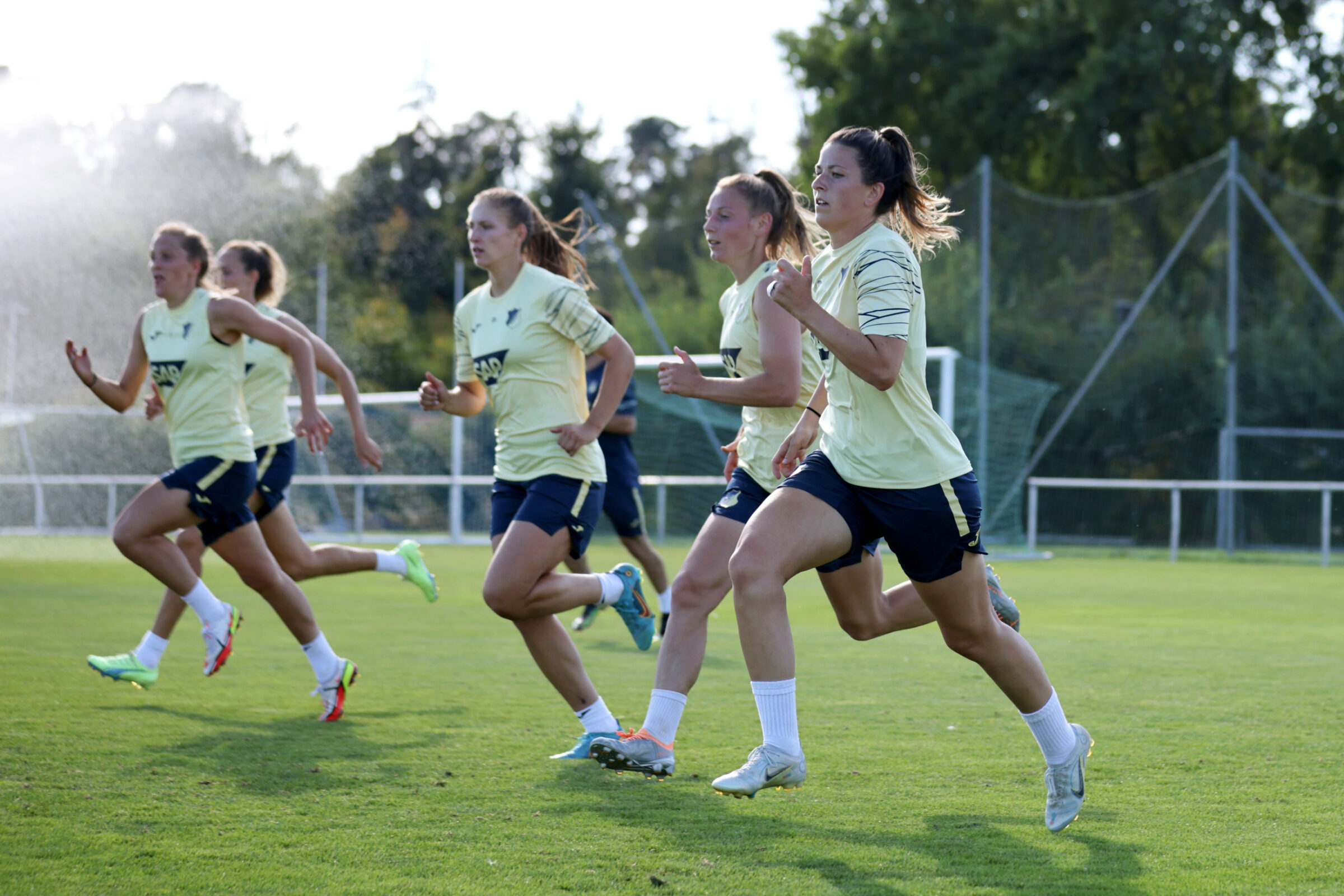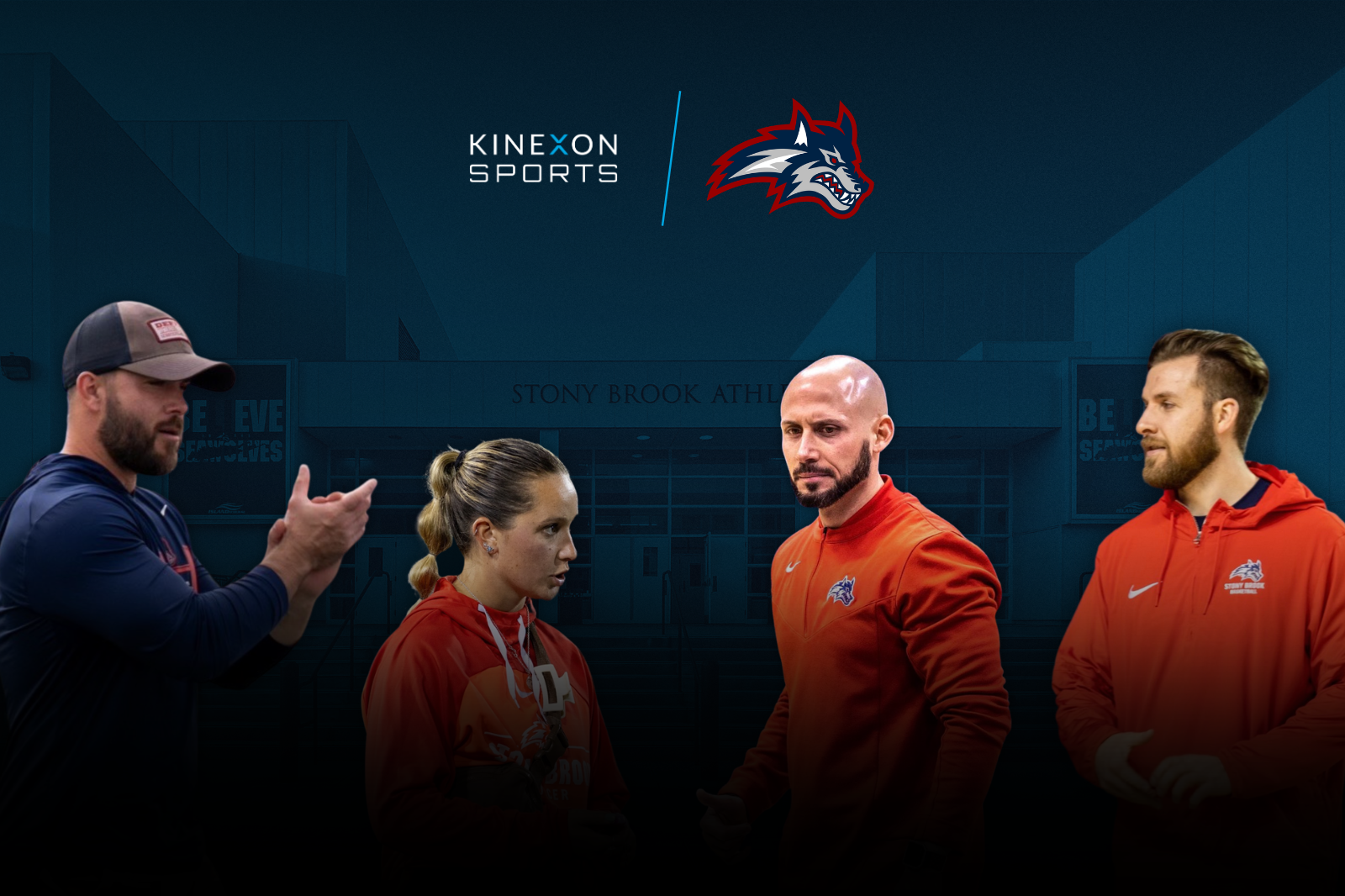In-Season Conditioning: Three Takeaways
Our educational sports webinar sessions on In-Season Conditioning have concluded. We have summarized the most important takeaways for you before entering the next stage of the series.

Takeaway 1: Make sure your players are in shape at the end of the season
A concern that most coaches have is that their players become out of shape during the season due to the demands of the schedule. Here are ways to assess and act on it:
- Create in-season assessments that are short and repeatable that can be used as benchmarks. These can determine if players are experiencing drops in fitness or efficiency of skill-based movements.
- If players are displaying signs of fatigue, aim to create training programs that will increase their fitness levels while not inflating overall training loads.
Takeaway 2: Determine who needs extra work in-season
- Starters: Are they getting enough work at playoff / postseason levels? If not, consider a 10 – 15 interval program once every 14 days.
- Non-Starters: Are they getting enough intensity training to step in if a starter goes down? Consider programs that provide exposure to the demands of a starter for reserve players.
Takeaway 3: Five phases of Energy Systems Development (ESD)
- Work capacity to build a base
- Anaerobic threshold (AT) / power to improve anaerobic threshold (AT)
- Linear jog to sprint drills to work on power at anaerobic levels
- Multi-directional: add change of direction through acceleration and deceleration drills
- Design sport-specific drills that mimic the specific work:rest ratios required for playing a certain position in that sport
Stay tuned for the next Educational Webinar Series blog post: Readiness, In-Season Assessment & Recovery
To schedule a demo please contact andrew.fopeano@kinexon.com
For more information on this webinar series please contact matt.bontorin@kinexon.com

